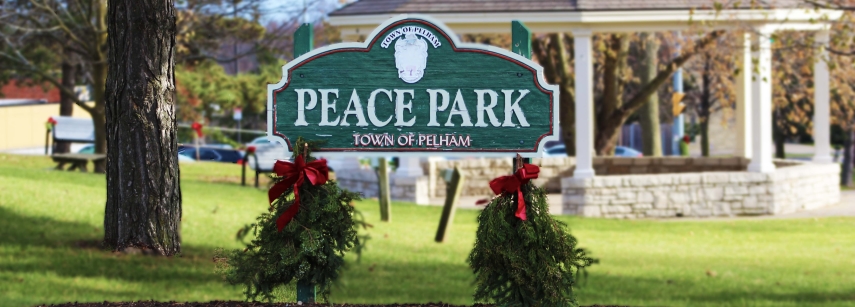
SMOKE ALARMS: A SOUND YOU CAN LIVE WITH!
Home fires kill eight Canadians a week. While these fires represent 40 per cent of all types of fires, they are responsible for 73 per cent of fire deaths. Most of these deaths are preventable by taking a few precautions.
Smoke alarms are required in each residential dwelling unit as follows: at least one outside the bedroom(s) and at least one on each level of your home - including split levels (2015 Ontario Fire Code, Division B Section 2.13).
What alarm should I choose?
- Power source: Either battery operated or hard-wired is acceptable (existing hard-wired alarms cannot be replaced with only battery operated alarms). You may want to have a battery backup for electrically powered alarms in case of power failure.
- Technology: Smoke alarms can be purchased with either ionization or photo-electric technology.
- Photo-electric alarms may be quicker at detecting slow-smouldering fires - great for use near or in a kitchen so there are less false alarms.
- Ionization alarms may respond slightly faster to flaming-type fires - less expensive and good for all areas.
- Combination carbon monoxide and smoke alarms are great for outside sleeping areas because carbon monoxide alarms are also required outside sleeping areas if fuel-fired appliances (natural gas / propane furnace, hot water tank, fireplace, etc.) are installed in your home (learn more about carbon monoxide alarms).
- Hush feature : Smoke alarms with a hush button permit the alarm to be temporarily silenced without disconnecting the power source.
Installation requirements
One on each storey of the home as well as outside sleeping areas.
- Install smoke alarms on the ceiling or on the wall close to the ceiling as smoke rises.
- Follow the manufacturer's instructions.
- Avoid putting smoke alarms too close to bathrooms, windows, ceiling fans, and heating and cooking appliances.
Follow these tips from Fire Prevention Canada to help protect you and your family from home fires.
MONTHLY
- Test your alarm: Press the button on your smoke alarm and keep it pressed down. The alarm should sound.
- If your alarm has no button, it is outdated and must be replaced.
- Another way to test the alarm is by holding an extinguished candle under it. The alarm should sound within 20 seconds.
- Let air circulate to get rid of the smoke and allow the alarm to turn off.
EVERY 6 MONTHS
- Change the batteries in all smoke alarms twice a year (for example, when you change your clocks in the fall and spring).
EVERY 2 YEARS
- Take the cover off and clean it with a damp cloth.
- Carefully vacuum the inside of the alarm.
- Put the cover back and make sure the alarm is working.
EVERY 10 YEARS
- Replace your smoke alarm. Some models last as little as 5 years.
If the smoke alarm is not working
- Replace the battery (for battery operated).
- Check fuses and circuit-breakers, or call an electrician (for hard-wired alarms). There may be an electrical problem in your home.
- If these steps do not help, the alarm may be defective. Replace it immediately.
- When you take out the alarm battery, always replace it with another one immediately.
Fire safety also depends on every member of the household knowing what to do and on having an escape plan. If you do not have an emergency plan, take a few minutes to create one today.
These tips have been brought to you by Public Safety Canada in cooperation with the Canadian Association of Fire Chiefs, with information provided by Fire Prevention Canada.
Contact Us

